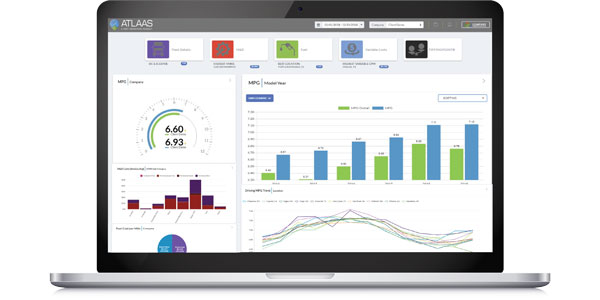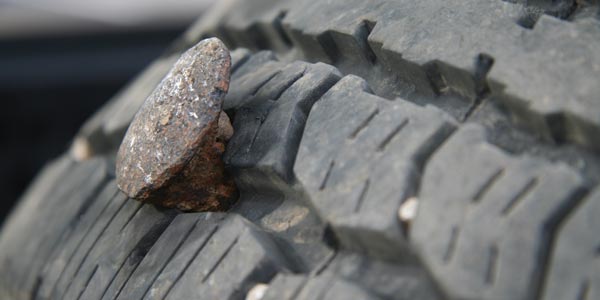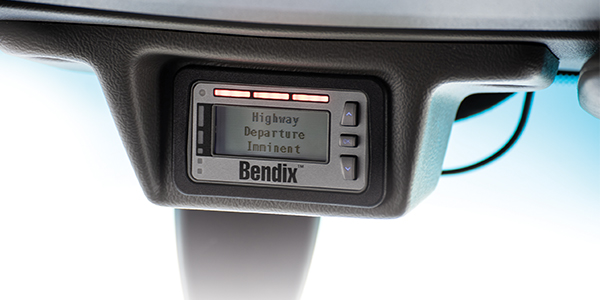“There’s no ultimate choice for fleets when it comes to financing new equipment,” says John Deris, senior vice president of national sales at Ryder System. “Each company has distinct vehicle needs, there is the cost of capital and taxes to consider, and things may change over time as a company’s business strategy changes.”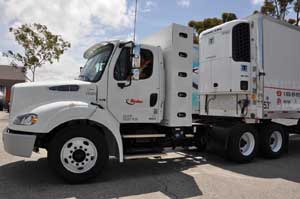
It is precisely what Deris calls “the risk of ownership” that he says should lead fleets to consider leasing vehicles. The benefits of leasing he points out include the fact that it frees up capital and that leasing companies usually have access to financing at rates that are more favorable. In addition, leasing can insulate a company from risk associated with potentially lower residual values for used equipment.
Penske Truck Leasing Co. notes that leasing can be a cost-effective solution for fleets because it provides a lower upfront capital investment, which leaves funds available for other appreciating and revenue-producing assets. Also, consistent monthly payments enable accurate budgeting and forecasting. In addition, the company adds that leasing eliminates residual risk at the end of the lease because it handles vehicle disposal.
Leasing solutions
Ryder offers a number of commercial truck and fleet leasing solutions. The company’s 3-Year Flex Lease includes all of the same benefits of a full-service lease plus the flexibility of a shorter lease term with the option to extend for the recommended full term at reduced rates. In addition, the company notes that a 3-Year Flex Lease can cost less than an equivalent straight 36-month lease.
A relatively new offering from Ryder is the Flex-to-Green lease, designed to make it easier for customers to incorporate alternative fuel vehicles into their fleets. Flex-to-Green makes available Ryder’s alternative fuel fleet of compressed and liquid natural gas vehicles in select markets, as well as hybrid vehicles in most U.S. markets. Ryder currently supports natural gas vehicles in southern California and Arizona, and as its infrastructure is expanded the Flex-to-Green lease option will be offered to customers in new markets, as well. 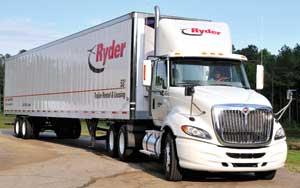
Customized financing also is available for all Ryder lease programs. The company’s Truck Lease Financing Program lets Ryder, in conjunction with its financing partners, offer tailored leasing solutions for financing commercial trucks with programmed maintenance to meet a company’s transportation and financial objectives.
Flexible leasing structures from Penske, in addition to its full-service operating lease, are available through the company’s partnership with GE Commercial Finance. Included are True or Fair Market Value (FMV) leases that provide 100% financing with the option to purchase at lease end, but also offer the flexibility of returning the vehicle at the end of the term.
Also offered by Penske are TRAC leases that give fleets the opportunity to purchase equipment at lease-end at a pre-determined, fixed amount. Split TRAC leases provide the same benefit of a pre-set purchase price at lease-end, and potential off-balance-sheet operating lease treatments because the residual risk is shared.
For fleet managers considering vehicle financing alternatives, flexible and creative lease solutions may be the answer to meeting needs and addressing business challenges.
Spec’ing for drivers
How are fleets that are leasing vehicles approaching the need to ensure driver comfort and safety? What systems and components do they consider?
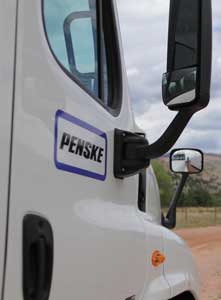
Doug Macolley, vice president of fleet operations at Penske Logistics, provides a list that is used on the operation’s fleet of 2,700 trucks, including 1,630 tractors:
Penske Logistics Driver Comforts Tractor Checklist
• Air suspension seats
• Disc brakes
• Collision avoidance system
• Heated, motorized mirrors
• On-board technology to record electronic logs, and for over speed warnings
• APUs (some sleeper units)
Checking in and out effectively
To facilitate lease and rental vehicle check-in and check-out activity, TranSource Truck & Trailer Centers, a Greensboro-based Mack Trucks dealer with six locations in North Carolina, developed comprehensive inspection checklists.
“What we needed was a concise process for recording inspection details and collecting customer acknowledgment of condition reports to help limit downtime for lease and rental customers and enhance shop and technician productivity,” says Mike Laughead, director of service operations, Western Division at TranSource. “Additionally, a system that could transfer appropriate data to lease, rental, service and accounting departments would enhance our back office operations.”
TranSource found the answer in MVASIST, the cloud-based service management platform developed by Decisiv Inc. in partnership with Mack Trucks that is now used throughout the dealership’s service operation. With the platform, TranSource has the ability to more efficiently manage inspections and maintenance on assets in its lease and rental fleet, including customized inspections at lease turn-in.
TranSource check-in and check-out inspections include recording ECU fault codes and fuel and DEF levels, and checking operation of all lamps, horns, gauges, seat belts, windows, wipers, clutch, starter, steering, A/C and heat. The condition is noted of all glass, upholstery, bumpers, bodies, doors, liftgates, tires, suspensions, axles and wheel seals, belts and hoses, and exhaust, air and cooling systems.
TranSource lease vehicle inspections loaded onto the Decisiv platform can take place at customer locations or at the service provider’s facility using handheld communications devices. Pictures of damaged items can be included with the reports and customer signatures can be captured at the same time.
Repairs identified during inspections can be automatically saved as a service event in one online folder in
MVASIST, date and time stamped for reference. Included are estimates, approvals, warranty coverage and each customer’s negotiated parts pricing.
“The result is a significant savings in inspection and write-up time,” Laughead states, “which cuts downtime for customers, improves our productivity, and provides accurate, consistent information for lease, rental, service and accounting departments.”











